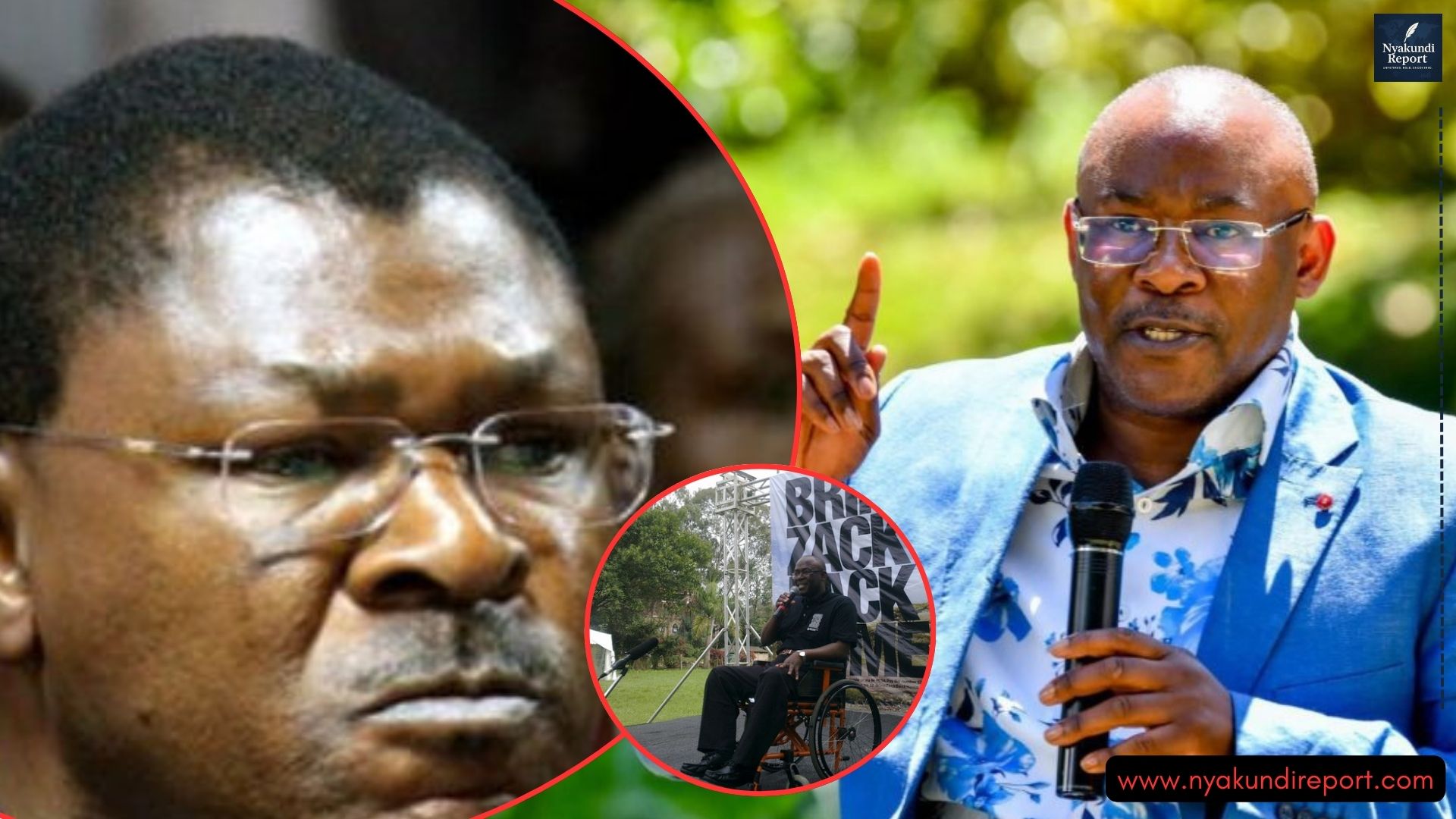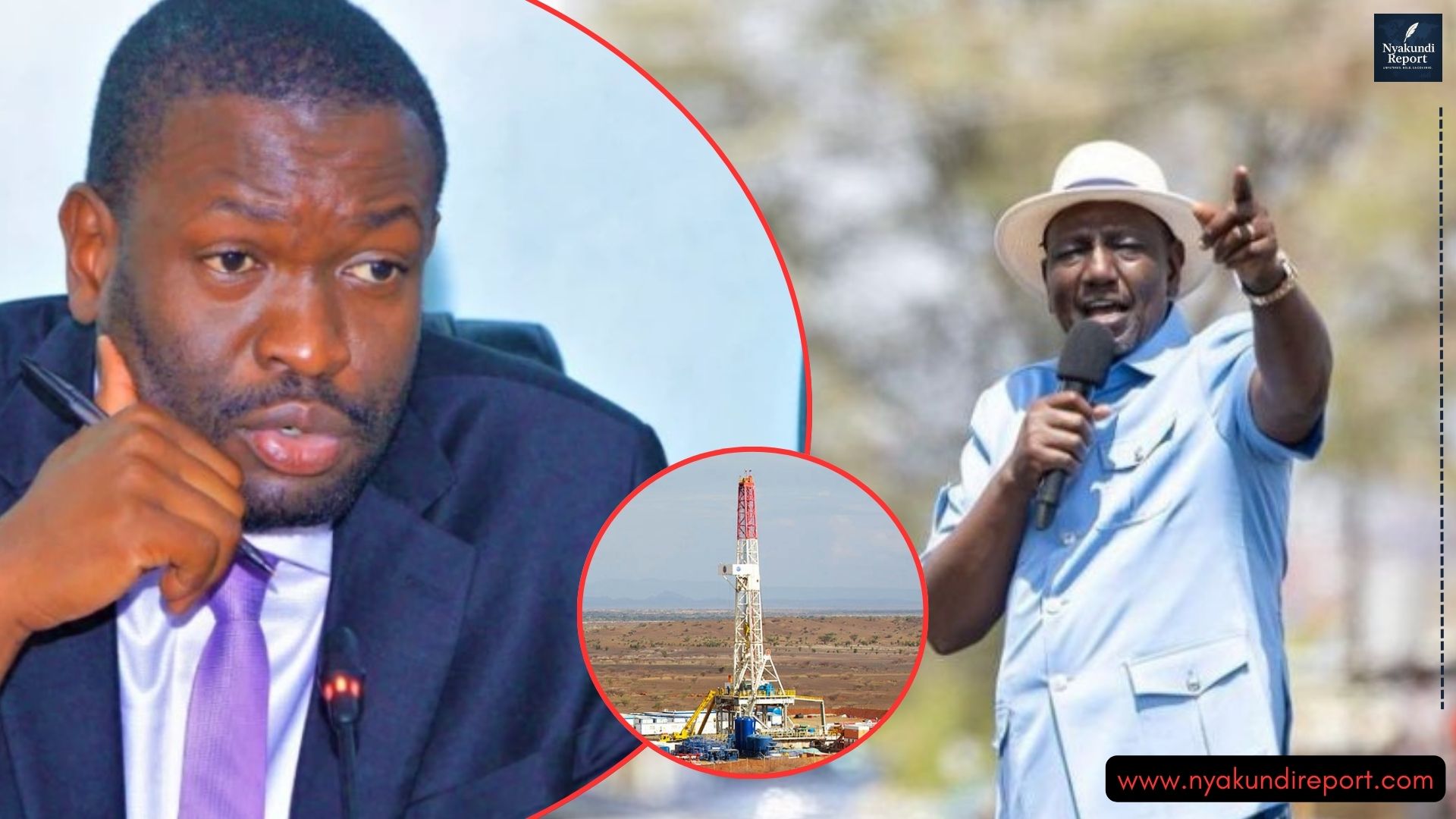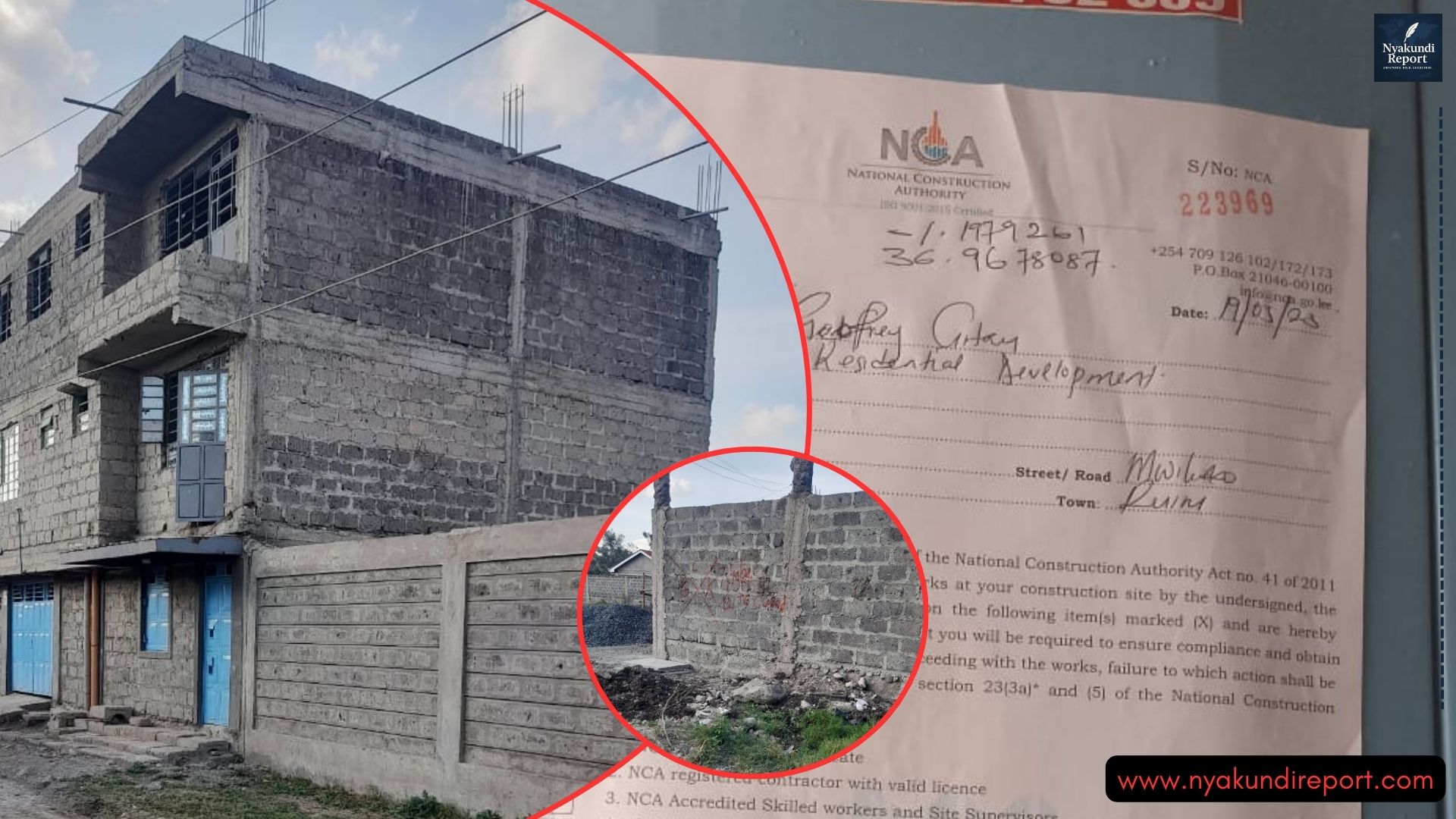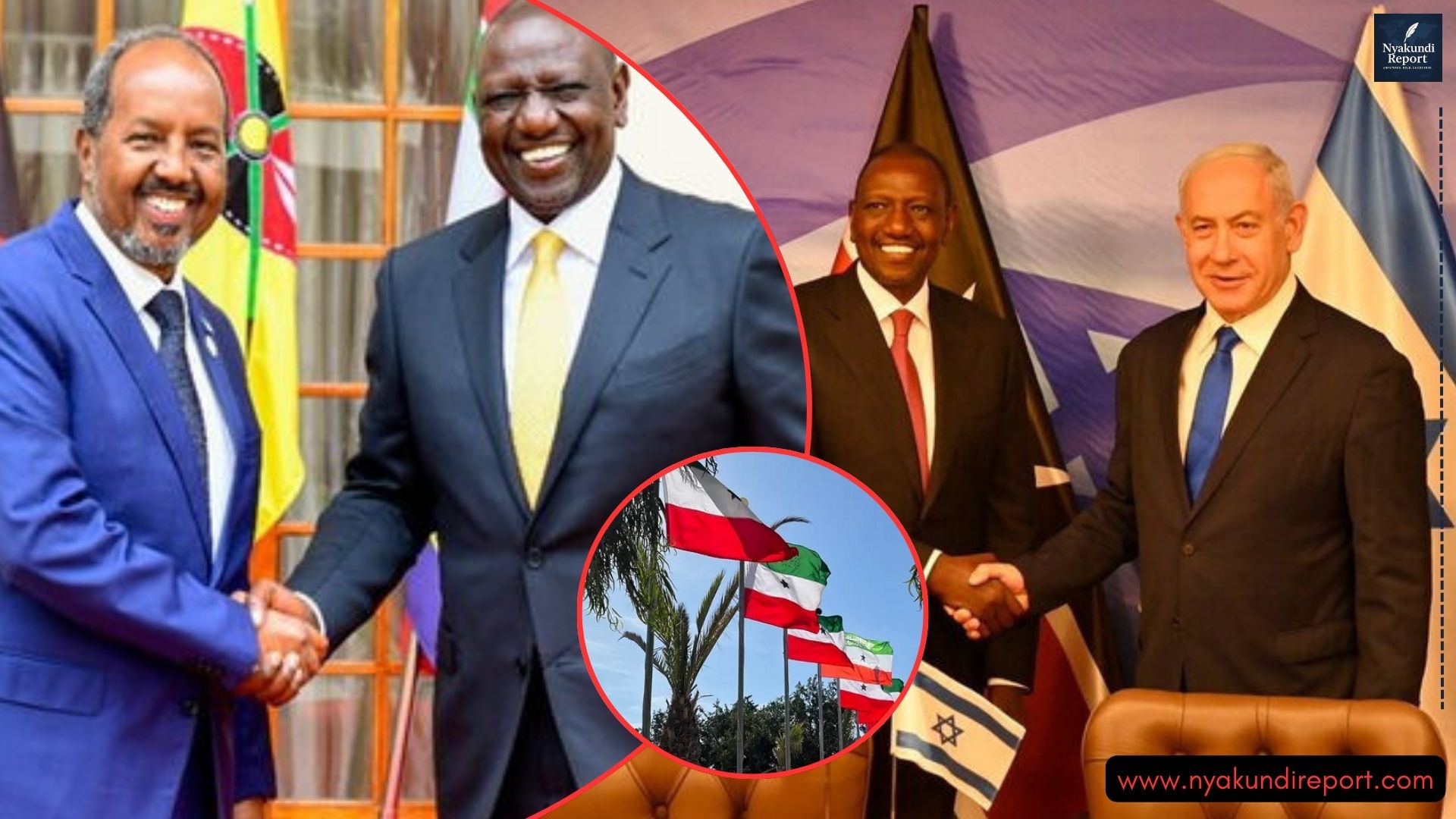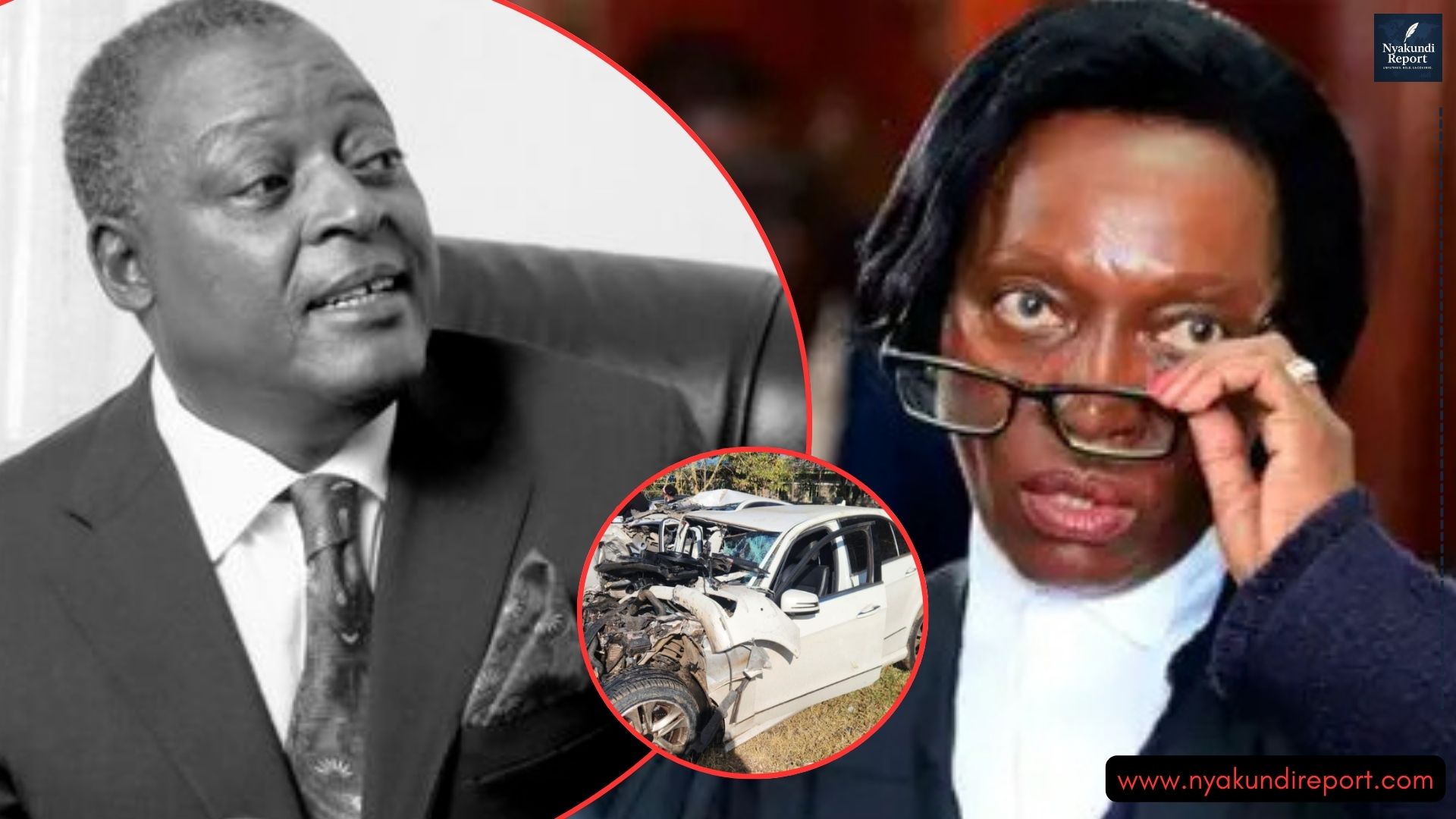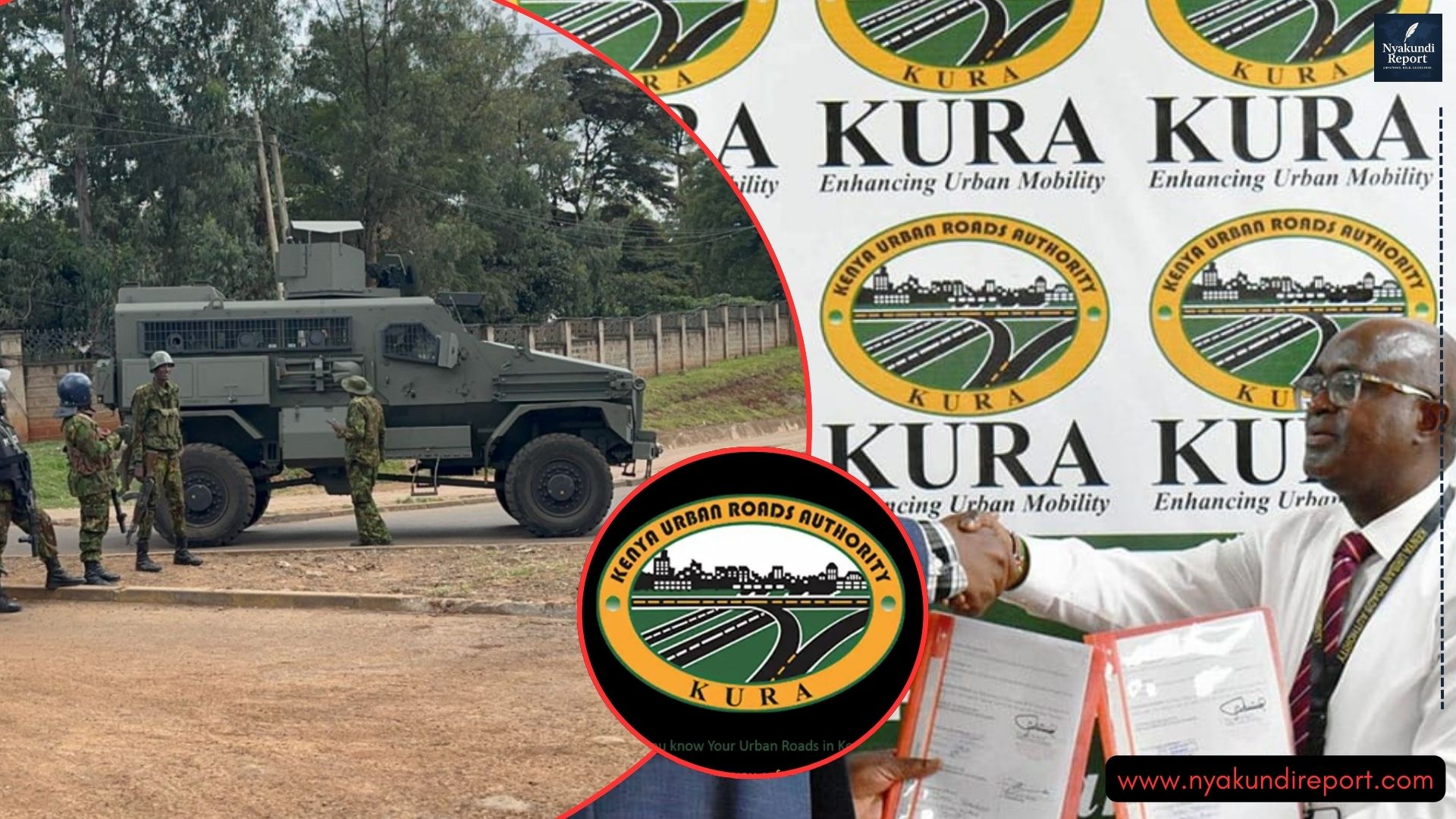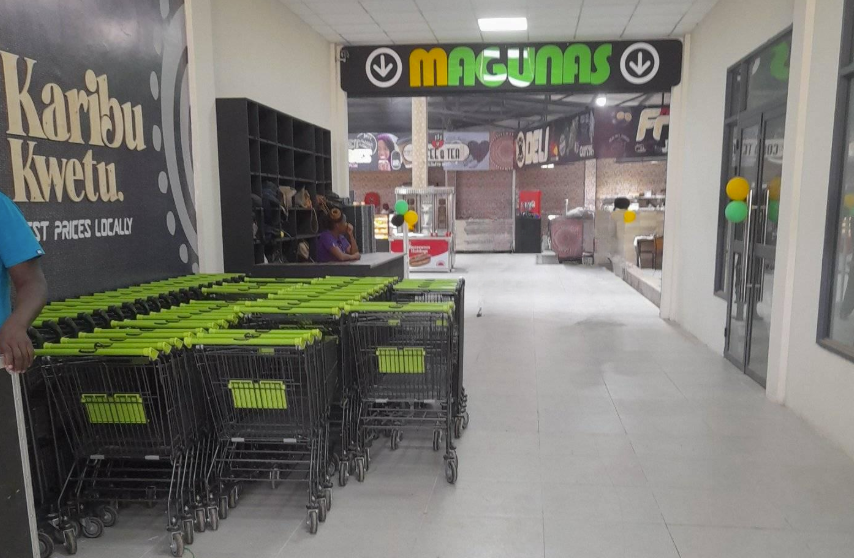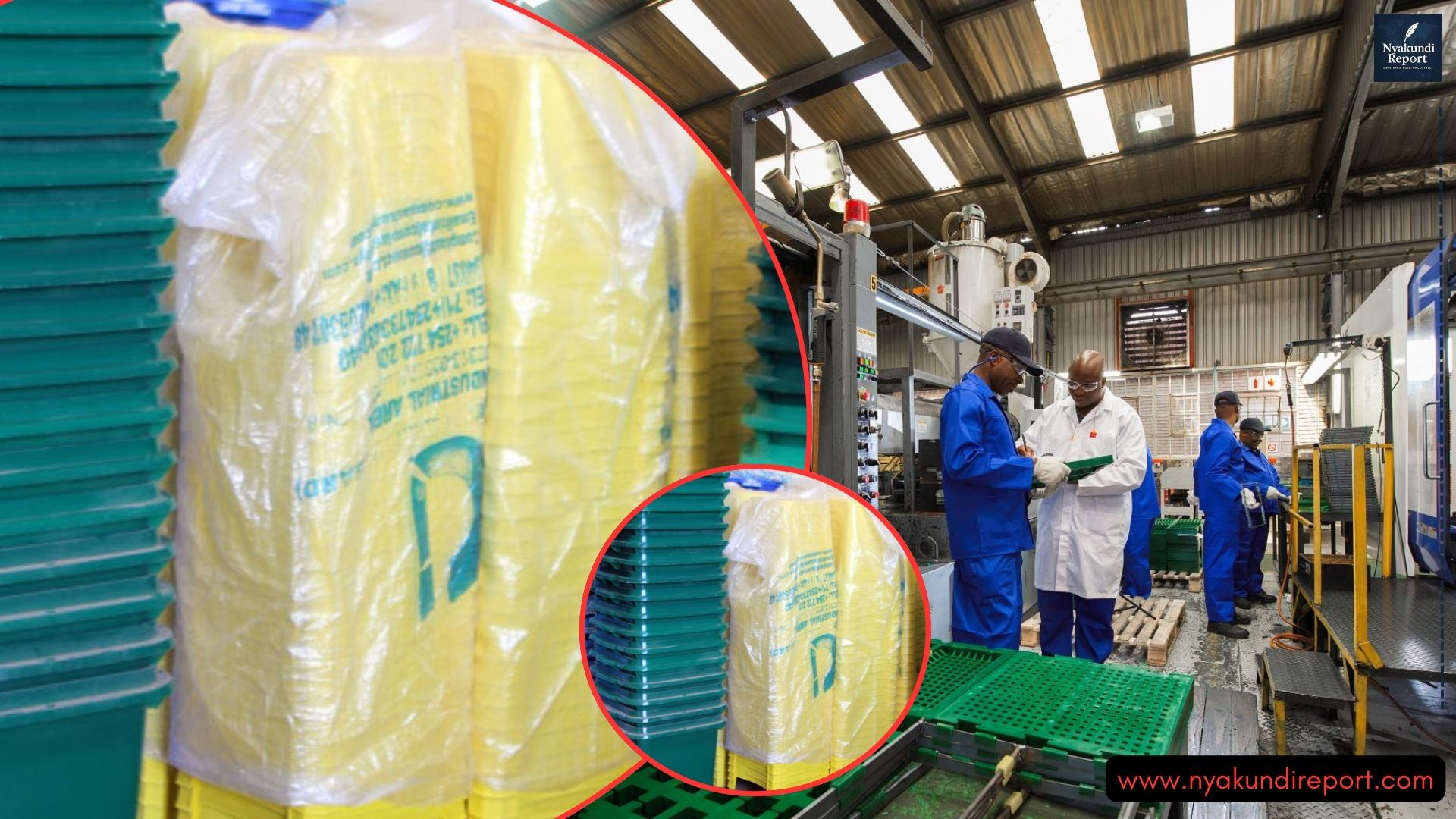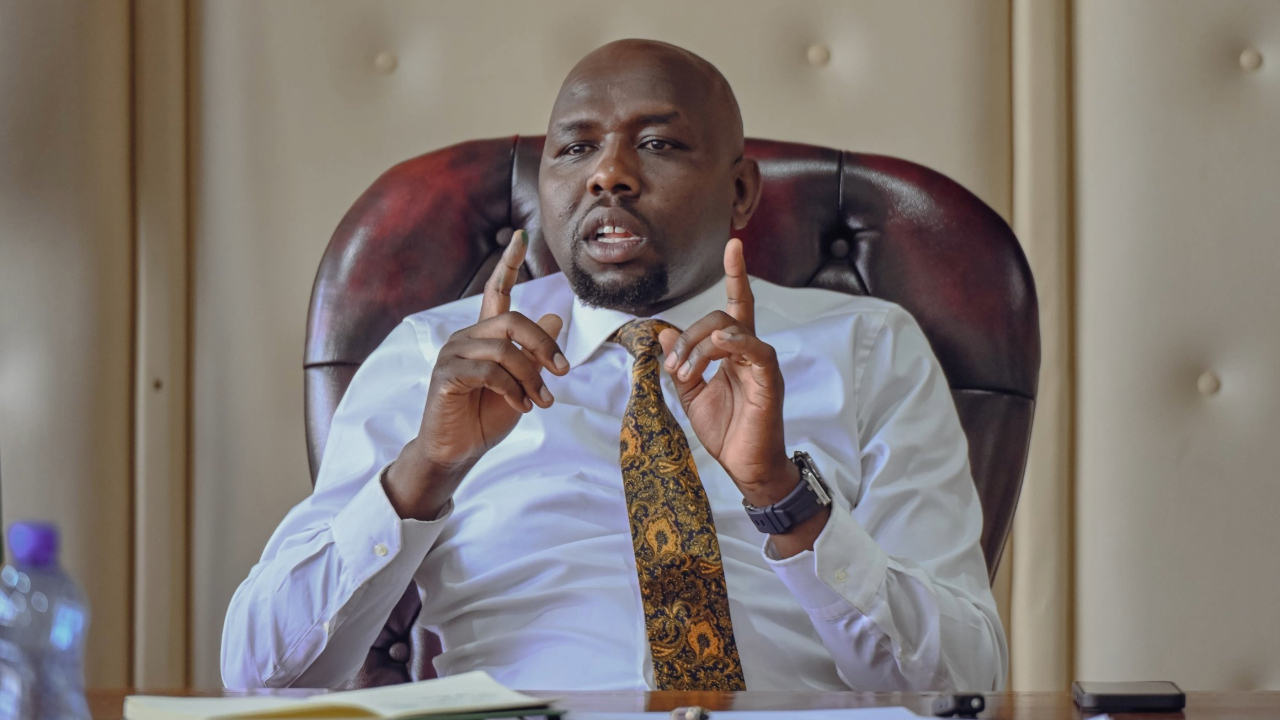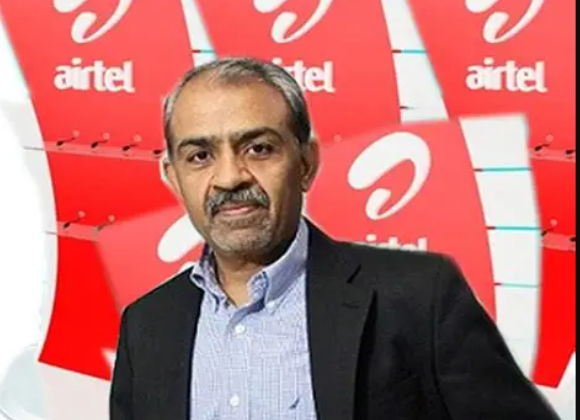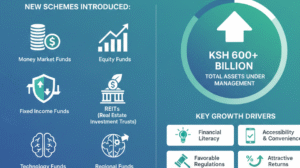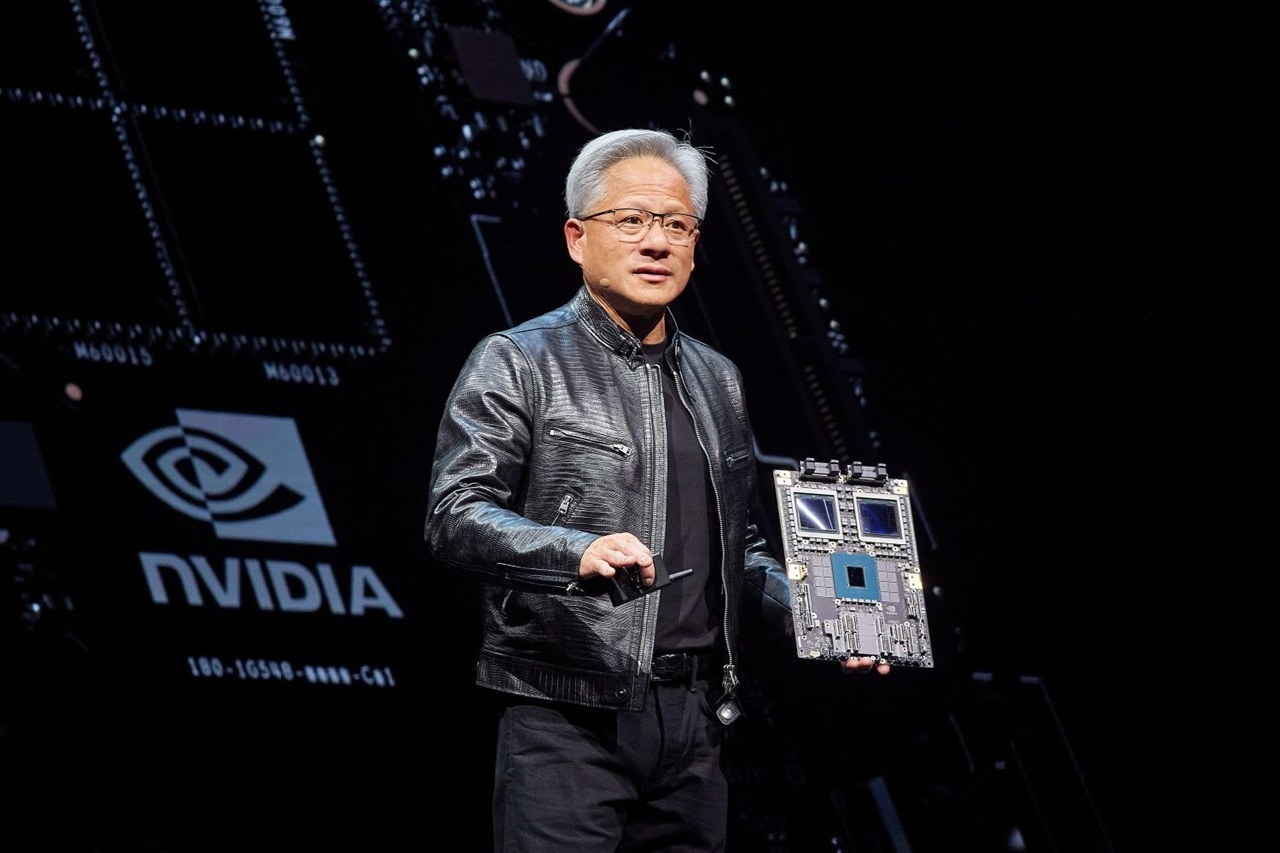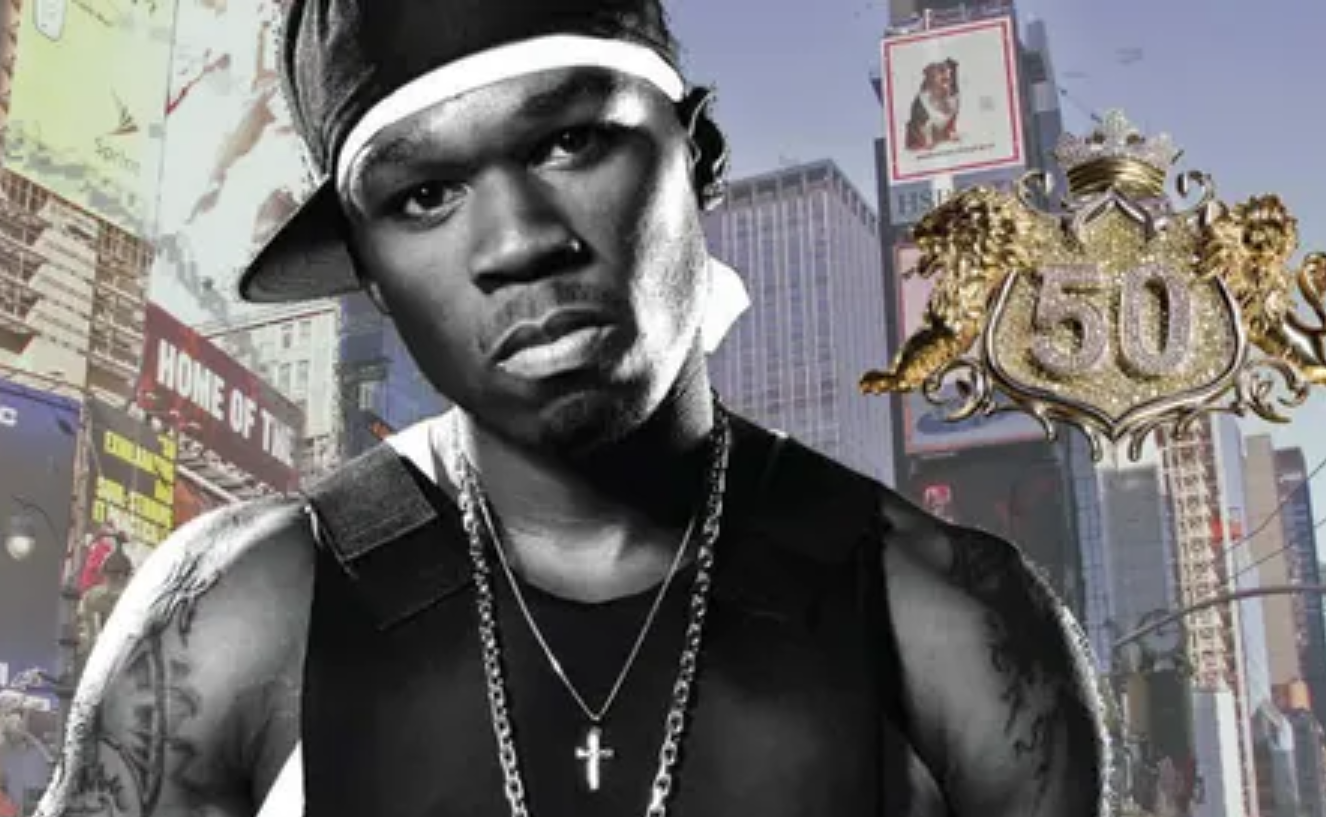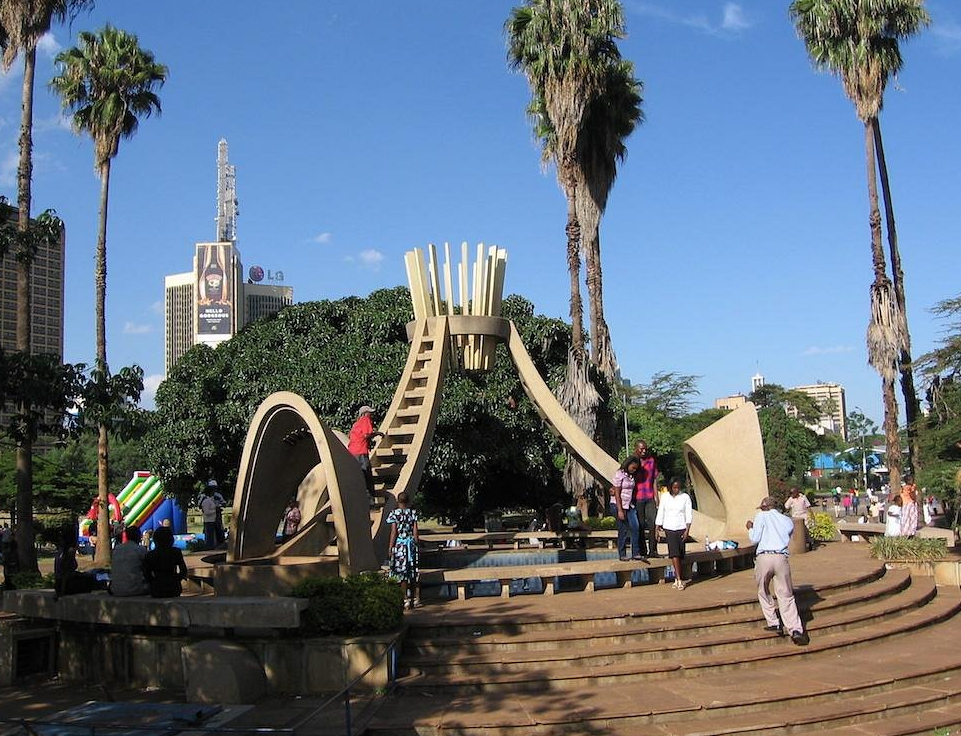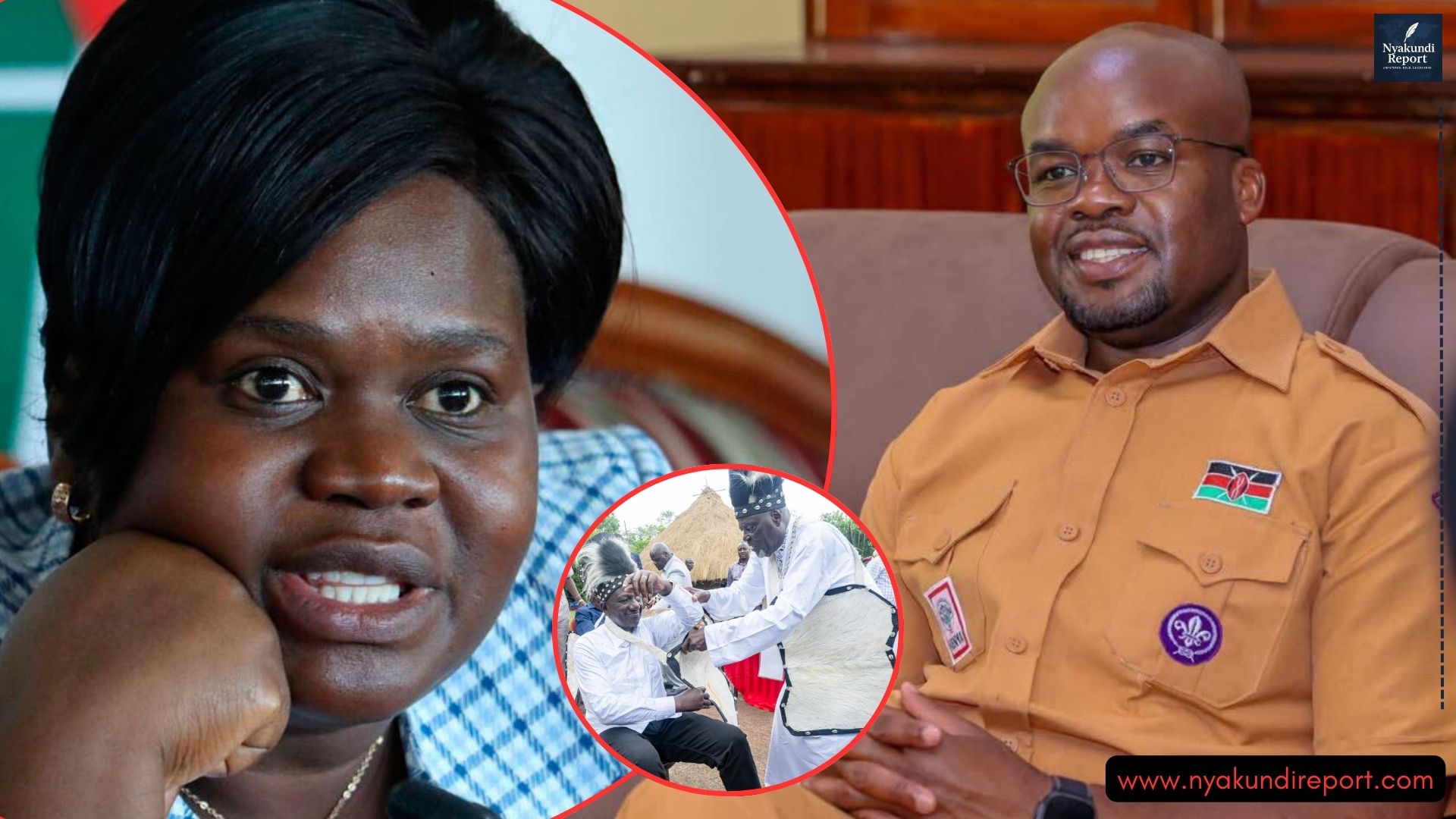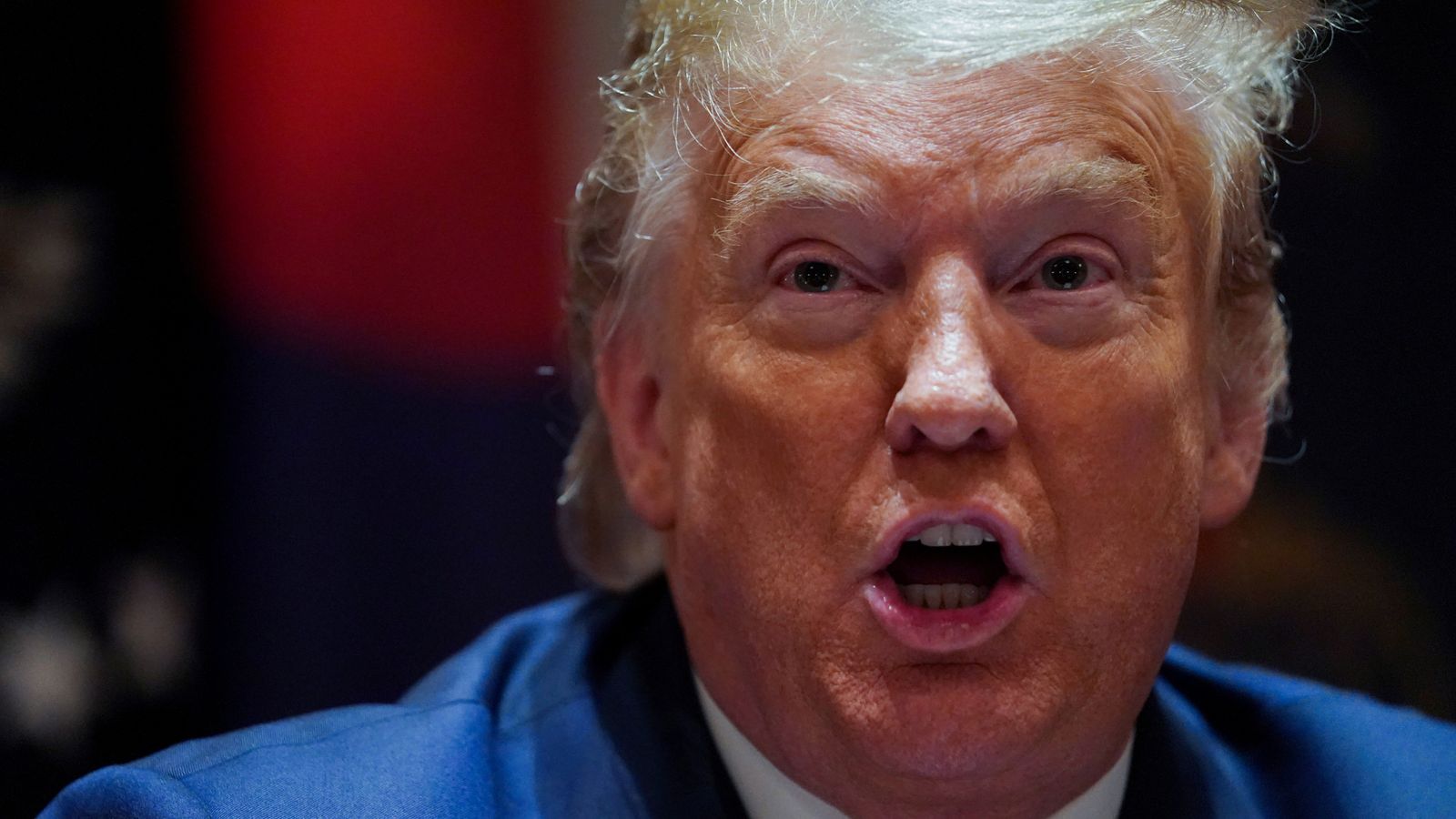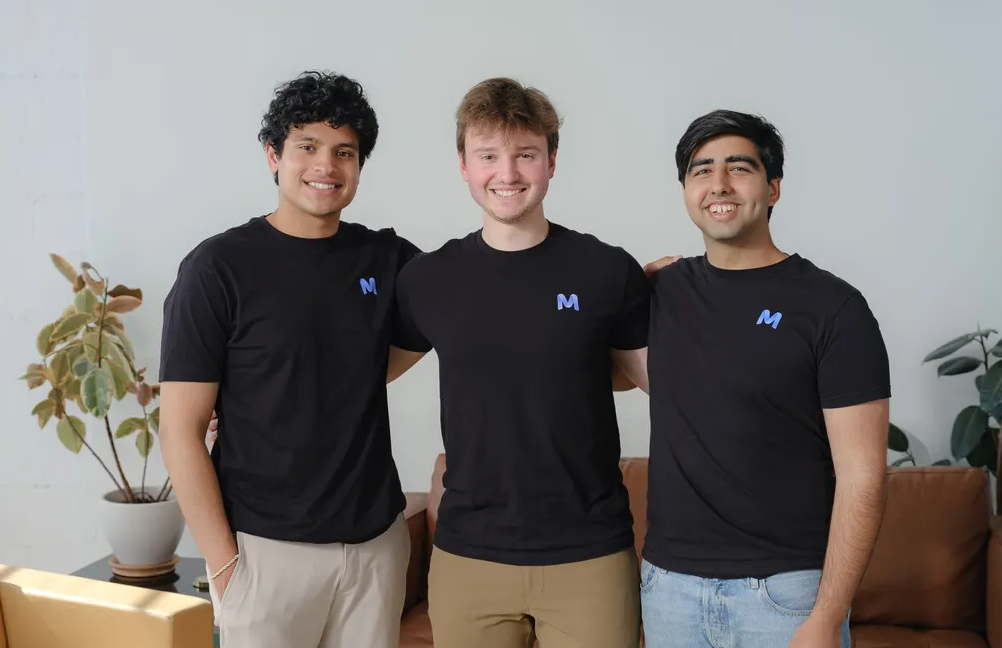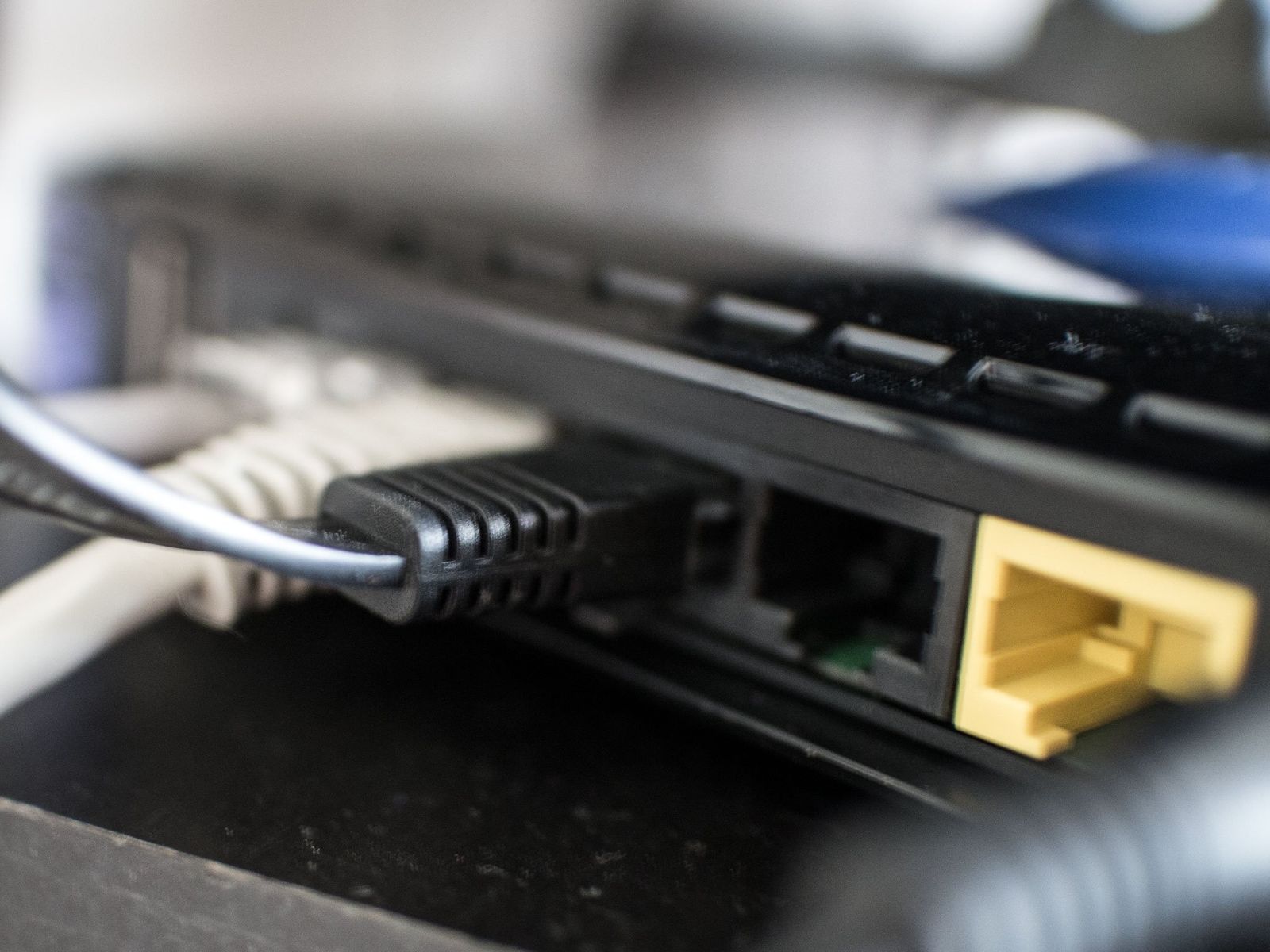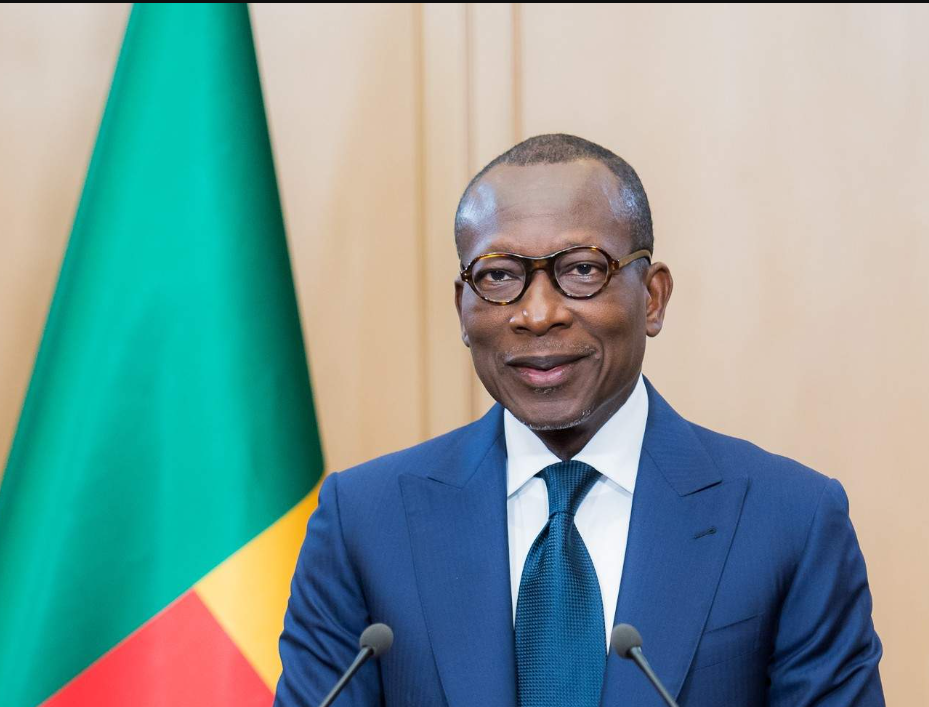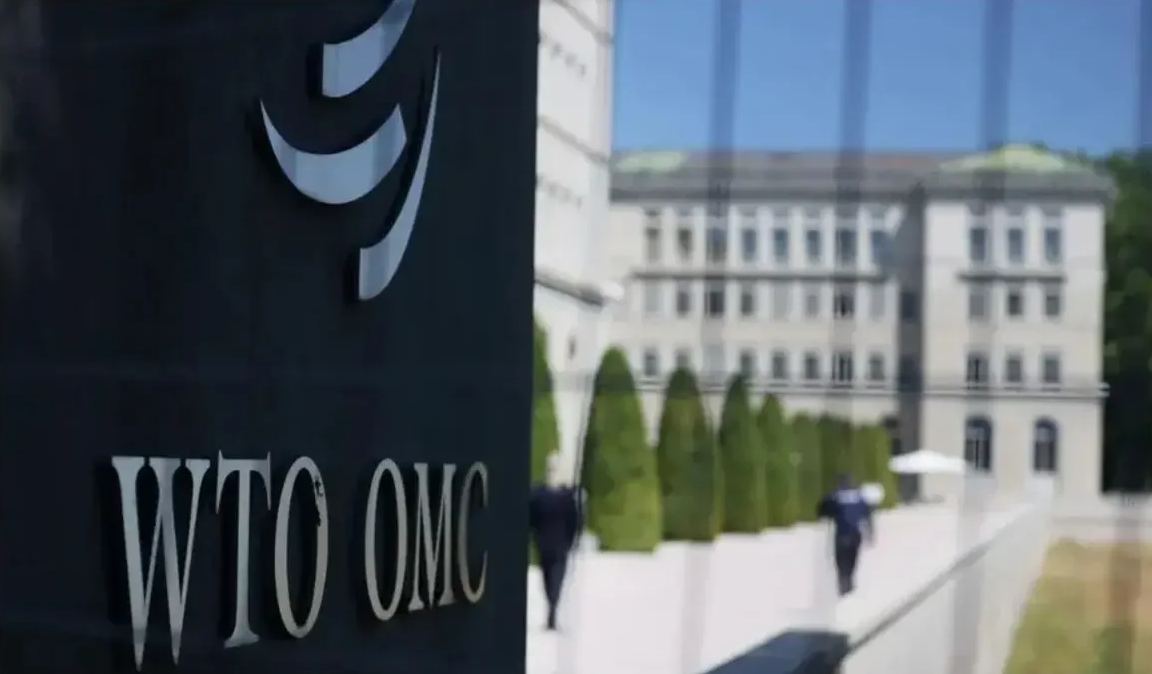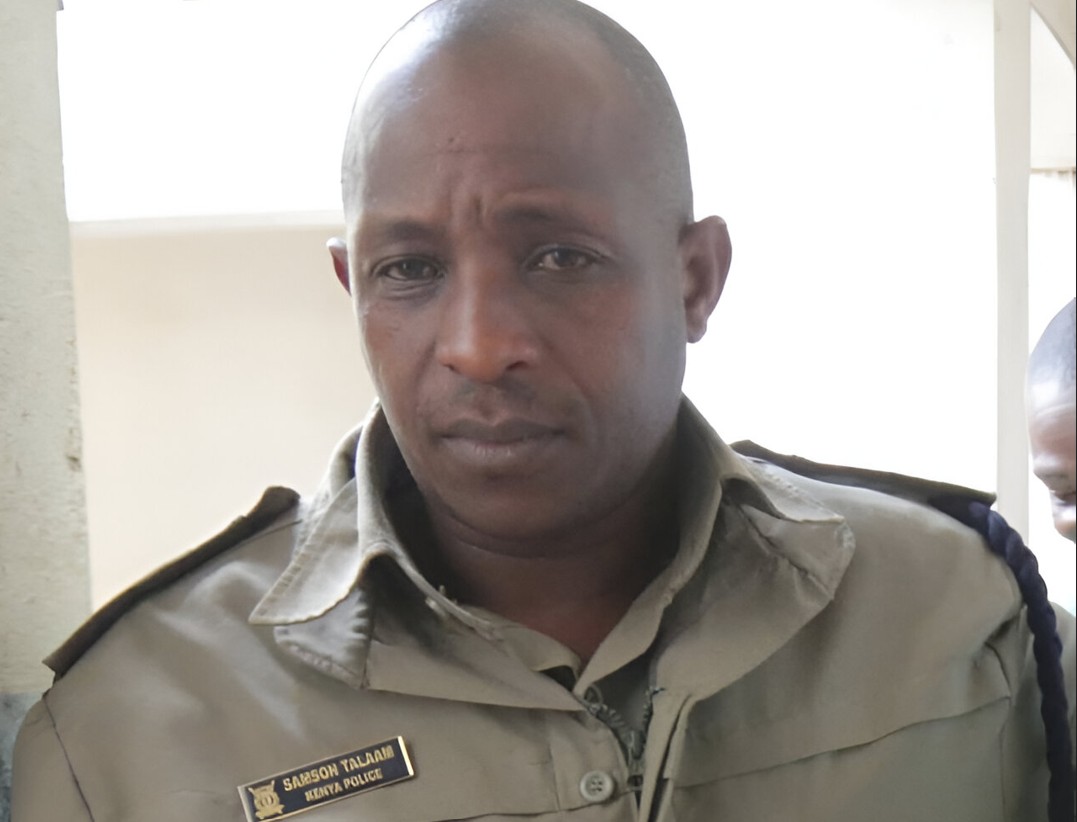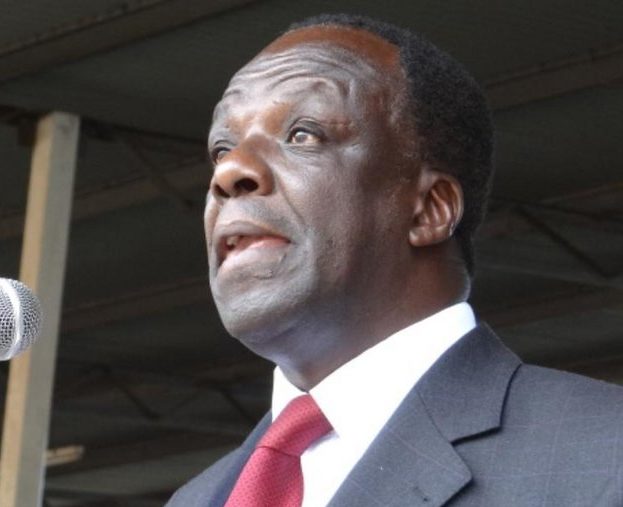Saba Saba: 35 Years On – A Nation’s Long Walk Toward Freedom and Justice
“From defiance to democracy—why Saba Saba still matters in Kenya today.”
Date: July 7, 2025
Commemoration: 35th Anniversary of the Saba Saba Uprising (1990–2025)

The Origins: What Was Saba Saba?
Saba Saba—Swahili for “Seven Seven”—marks July 7, 1990, the day Kenyans rose against one-party rule under the authoritarian regime of President Daniel arap Moi.
It is remembered as the birth of Kenya’s modern pro-democracy movement.
Led by brave voices who risked their lives to demand multiparty democracy, civil liberties, and human rights.
On that day, Kenyans gathered at Kamukunji Grounds in Nairobi to protest Moi’s repressive regime and call for political pluralism.
What began as a peaceful rally turned violent as the state unleashed riot police and the dreaded General Service Unit (GSU) on protesters.
The government banned the rally.
The defiance that followed triggered nationwide unrest, hundreds of arrests, and the beating and detention of key opposition leaders, including:
Kenneth Matiba
Charles Rubia
Rev. Timothy Njoya
Martin Shikuku
Jaramogi Oginga Odinga
Their arrests did not stop the movement.
Instead, they galvanized resistance, leading to the reintroduction of multiparty democracy in December 1991, a year later.
A Timeline of the Saba Saba Legacy
| Year | Milestone |
|---|---|
| 1990 | Saba Saba protests held; brutally suppressed by police |
| 1991 | Section 2A of the Constitution repealed; multiparty democracy restored |
| 1992 | First multiparty elections held since independence |
| 2002 | End of KANU’s 40-year rule as Mwai Kibaki wins under NARC |
| 2010 | Kenya adopts a new progressive Constitution |
| 2020–2023 | Saba Saba reawakens among youth and civil society amid police brutality, corruption, and impunity |
| 2024 | Gen Z-led protests rekindle Saba Saba spirit |
| 2025 | 35th anniversary marked by national reflection, rallies, and calls for reform |
Why Saba Saba Still Matters – 35 Years Later
🔹 Democracy Is Not Yet Uhuru
Despite constitutional gains, Kenyans still grapple with:
Police brutality
Suppression of dissent and protest rights
Corruption and elite impunity
Erosion of judicial independence
Recent events—such as the Finance Bill protests, cost of living unrest, and crackdowns on civil society—echo the conditions that triggered the original Saba Saba.
Many now draw a line between the 1990s fight for multiparty democracy and today’s struggle for economic justice and accountability.
“Saba Saba was never just about ballots—it was about dignity, inclusion, and speaking truth to power.”
— Rev. Timothy Njoya (2020 interview)
Saba Saba and the Gen Z Movement
In 2024 and 2025, a new generation—Kenya’s Gen Z—has picked up the Saba Saba baton.
Tech-savvy, politically awake, and economically burdened, they have mobilized protests through platforms like TikTok, X (Twitter), and Instagram.
Their demands—transparency, public participation, and inclusive governance—mirror those of their parents and grandparents.
“We are not just remembering Saba Saba; we are living it again.”
— Youth protester, Nairobi CBD, July 7, 2024
Voices of the Struggle: Then and Now
Then:
“Our democracy must not be borrowed; it must be won.” — Charles Rubia
“Even if it takes death, let freedom be born.” — Kenneth Matiba
“Revolution is not a moment—it is a lifetime.” — Wangari Maathai
Now:
“We are the system update our parents prayed for.” — Gen Z protest placard, 2024
“We inherited broken systems, but we are not broken.” — Activist, 2025 Saba Saba rally
“Let the constitution be more than just paper.” — Legal Aid Kenya, 2025
Lessons Learned & Warnings Ignored
While the 2010 Constitution was hailed as revolutionary, implementation has lagged. Key gaps remain:
Freedom of assembly is often violently suppressed
Devolution has become a new arena for elite corruption
Electoral justice remains elusive
Youth and women are underrepresented in decision-making
35 years later, the call for structural change remains urgent.
Commemorating the Fallen
It is also a day of mourning for those who died in the struggle and those who continue to be silenced by state violence.
Candlelight vigils, public forums, poetry readings, and civic education drives were held across the country in 2025:
Kamukunji Grounds – Nairobi
Uhuru Gardens – Mombasa
Jaramogi Oginga Odinga Park – Kisumu
Dedan Kimathi Grounds – Nyeri
The Road Ahead: What Can Be Done?
Civil Society & Government Must:
✅ Protect freedom of expression and peaceful assembly
✅ Strengthen civic education on Kenya’s political history
✅ Investigate and prosecute extrajudicial killings
✅ Ensure electoral reform and judicial independence
✅ Foster youth leadership in governance
Saba Saba at 35 – A Symbol, a Struggle, a Seed
At its heart, Saba Saba is not just a date on the calendar—it’s a mindset.
A refusal to be silent. A belief that Kenyans, united in their diversity, have the power to shape a just and equal nation.
The faces may change.
The hashtags evolve.
But the message remains:
“Watu sio waoga. Wamechoka.”
(“The people are not afraid. They’re just tired.”)
ALSO READ: Kasmuel McOure Exposes the Hidden Profiteering Within Activism Circles

